Reorder or replenish – what’s the difference?

In our experience, retail bakers that appreciate the difference between stock reordering and stock replenishment invariably unlock big improvements in shop profitability and waste control.
At Cybake, we see reordering as what you do when you order goods from a third-party. In the case of a bakery shop, these are items like soft drinks, crisps, salads and milk. The items are delivered from a wholesaler that sells from an abundant stockholding and, in most cases, the products have an extended shelf life of at least one week.
Replenishment, on the other hand, is what you do when you order goods from a manufacturing facility, i.e. products from your own central bakery where there is complexity around production lead times and shelf life (typically less than 24 hours) and therefore a risk of incurring high levels of waste. Straight away, you can see that both processes have their own attributes.
Take a bakery shop manager reordering crisps. The manager realises that the shop needs the items. Sometimes there’s a system that does this for the manager, sometimes they judge themselves. Either way, they raise an order on their EPOS system, they finish that order and they send it off.
Five minutes later, the manager realises the shop needs more boxes of another flavour of crisps. They raise another order and send that one off too. The manager doesn’t have to worry about whether the wholesaler has got the stock or anything else. The crisps arrive and that’s it.
Nearly all EPOS systems can handle this type of ordering and the corresponding stock control to go with it. Most will allow you to place an order for something, stick it into stock, decrement it as you sell it, stock-check it, waste it and reorder it.
This means that it is very easy for bakers and for people selling EPOS till systems to bakers to say: “Ah yes, our system does ordering, waste and reordering.”
However, once the EPOS systems have been installed, it rapidly becomes apparent that while the new tills may be able to handle basic reordering, replenishment is a totally different process that is beyond their reach. Understandably, this leads to much frustration and, more often than not, a return to the inefficient methods the bakery firm was initially seeking to replace.
Control
When a shop manager replenishes products from their central bakery, they have to do it in a much more controlled manner than reordering crisps or cans from a third-party. For a start, they have to order every day because many products only last that long. They also have to order before a certain time of the day.
In addition, a bakery replenishment system needs to consider the production lead-time for particular products and restrict the shop from ordering products after the cut-off time for particular products such as 24 hour-fermenting sourdoughs.
On any given day, bakery shop mangers will be placing orders today for tomorrow, today for tomorrow plus one, and for tomorrow plus two. This complexity needs to be controlled and structured centrally.
It doesn’t stop there. Having the optimal product range and controlling what can be ordered and sold in each separate outlet is crucial to any retail bakery operation’s smooth running and efficiency. A good bakery replenishment system needs to provide head-office with the ability to template each shop’s ordering screen. This restricts shop managers from ordering items that are only available to, say, larger outlets or in the cafés within the retailer’s estate.
Unfortunately, getting replenishment wrong has significant knock-on effects for both the bakery shop and the business as whole. There are only eight hours in day to get rid of over-ordered items. Orders have to be as accurate as possible; the bakery needs to know planned sales ahead of time in order to plan production, rota staff and purchase ingredients. And, of course, if the shops order too few products, they can’t buy from an alternative supplier.
So, a replenishment system must take consideration of the production cycles of the bakery, the durability of the product, the lead time for the product and the mixtures of those products together. Unlike a simple reordering system, you can’t just order it and forget about it.
Daily Waste
The same goes for waste. Standard EPOS tills usually allow you to transfer or waste sold items and they are wasted or transferred straight away. If you run a pub, you do your waste with your weekly stock-check. You take a look, you note things down and you throw your out-of-date crisps away.
Waste in a bakery shop, however, is something you do every day. It’s a daily cycle, you have to do it and the default position is that everything unsold is thrown away. A replenishment system needs to deal with this accordingly.
Cybake Instore is our forecasting and replenishment system designed specifically for retail bakers. The cloud-based application tells the shop which day’s products are available from the bakery on what days, taking lead times into account. Unlike a reordering system, Cybake Instore highlights locking times and allows orders to be scheduled far in advance. Templated orders based on product group include details of the shelf-life of each product.
Cybake Instore’s greatest strength is that its advanced analytics bring about balanced replenishment simulated over weeks of trade. Working away over time, it analyses sales and production data to suggest what each outlet should replenish and when, guiding the bakery on what products to bake and in what quantities.
This takes away the need for bakery shop managers to take time, judge sales and adjust standing orders plus it saves on manual order-taking and analysis by head office. Demand is evaluated for each product in each outlet. Each item made in the bakery is properly accounted for. True replenishment is achieved.
If you would like to find out more about the difference between reordering and replenishment and how Cybake Instore can help your retail operation improve sales and control waste, why not get in touch today?



